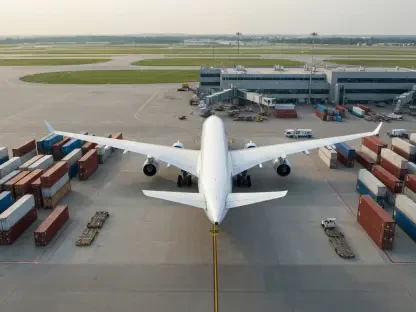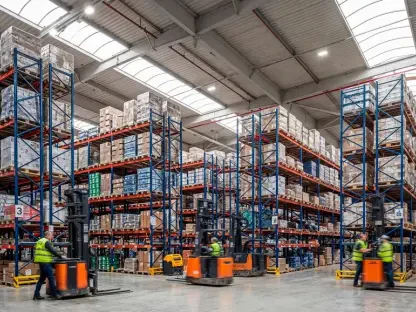The logistics industry finds itself on the brink of transformation as it faces mounting pressure to adopt sustainable practices. Within this framework, the transition from traditional paper-based documentation to digital e-documentation in the logistics sector, specifically in transportation and freight, has become a focal point of analysis. This article provides a comprehensive examination of market trends, data, and projections related to this vital transition, emphasizing efficiency gains, cost savings, and sustainability.
Context of the Digital Shift in Logistics
The logistics industry’s long-standing reliance on paper documentation is deeply ingrained in its operational models. Historically, logistics operations have been dominated by an intricate array of physical documents for transactions, agreements, and evidence collection. As sustainability concerns take center stage, there is a growing imperative to reevaluate these traditional methods, and the shift toward digital documentation is seen as an essential step to meet these demands. Despite this urgency, transitioning to digital tools also presents considerable challenges that require careful navigation and strategic foresight.
Evolving Market Trends and Projections
Benefits and Challenges of Digital Adoption
Digital tools promise significant benefits for logistics, primarily through enhanced efficiency and reduced costs. The integration of digital documentation, such as eCMR and eFTI, is poised to streamline operations, decrease processing times, and lower error rates. However, data security concerns and awareness gaps about digital solutions present notable barriers. Surveys reveal that a sizable portion of logistics stakeholders express apprehension regarding the safety of data in digital environments. Education and reassurance are required to address these reservations, yet case studies from prominent logistics companies highlight impressive operational gains after digital transition.
Sector-Specific Adoption Discrepancies
The pace of digital tool adoption varies significantly across different transport modes. Aviation and maritime sectors have swiftly embraced digital innovations, driven by global standardization and their international scope. In contrast, road transport faces slower digital uptake, largely due to regional regulatory divergences and local operational complexities. To realize full digital integration, harmonizing these sectors presents both a challenge and an opportunity, enabling tailored solutions that address the unique needs and regulatory conditions of each mode.
Geographic Regulatory Impacts
Geographical disparities also play a critical role in the adoption of digital documentation. European regulations, such as the eFTI and eCMR, serve as catalysts for accelerating digital adoption. However, the diversity in regulatory frameworks across regions adds complexity to the transition. Precise strategies must be devised to ensure consistent implementations by accommodating cross-border differences and adapting to local conditions. This will require industry-wide efforts to raise awareness and promote seamless integration of digital practices.
Reflection on Key Implications and Future Directions
The logistics landscape is experiencing a technologically driven evolution, influenced by overarching trends like blockchain, AI-driven analytics, and collaborative platforms. These innovations are reshaping logistics by ensuring secure, efficient operations aligned with sustainability demands. Economic shifts tie into customer and governmental expectations for greener practices, necessitating a comprehensive digital transformation. As logistics firms navigate these changes, crafting an adaptable strategy becomes essential to fostering innovation and efficiency.
In conclusion, the journey to digital integration in logistics has complex market dynamics requiring strategic foresight. Companies will need to enhance adaptation strategies, focusing on improving data security, building awareness of digital benefits, and fostering cross-sector collaborations. These actions must be undertaken to mitigate obstacles and fully capitalize on the transformative potential of digital technologies, ultimately ensuring a sustainable future in global supply chains.









